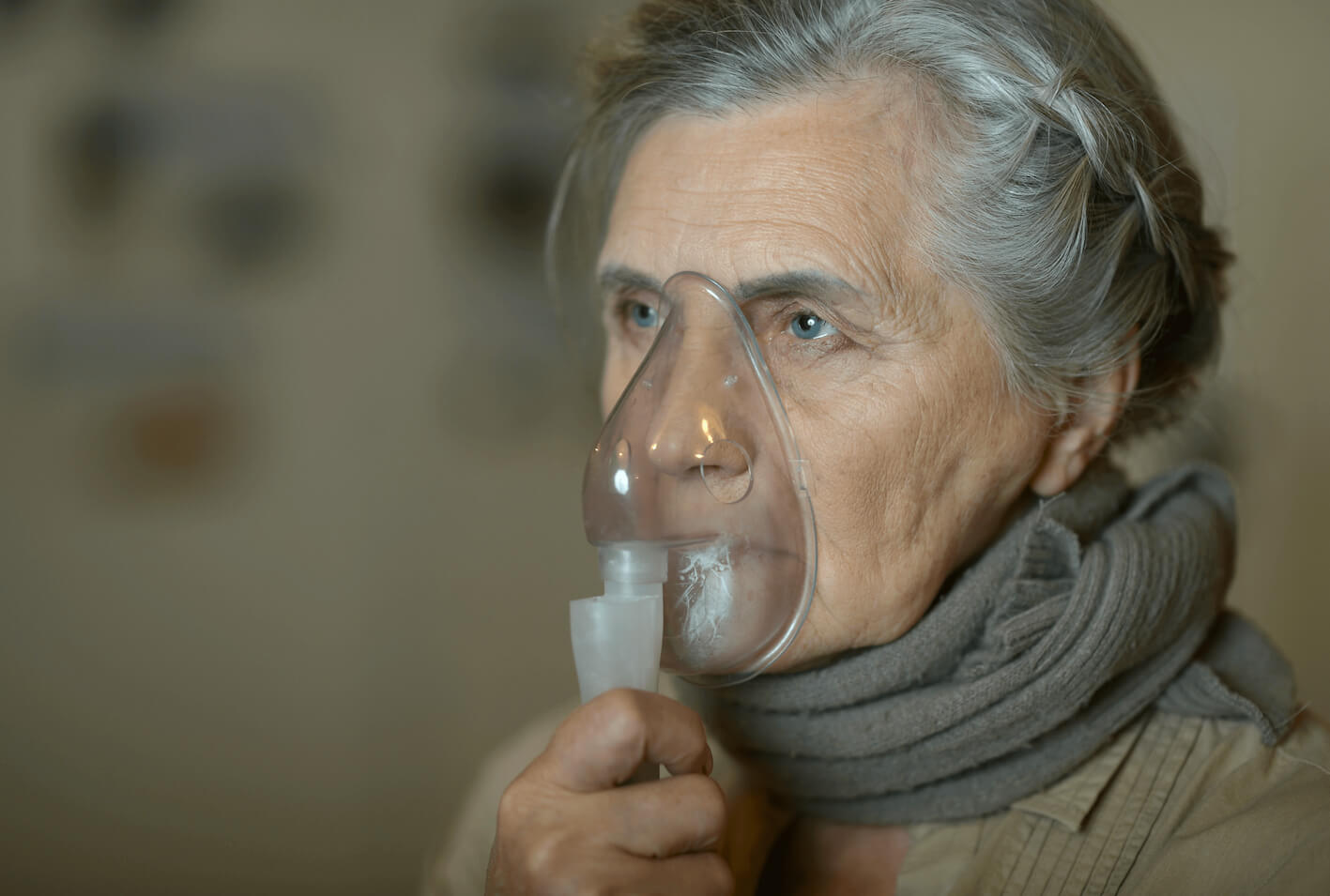Respiratory Disorders

Overview
People with obesity have reduced breath capacity. They are not able to breathe in as much air in and out. These people are at higher risk for respiratory (lung) infections, asthma, and other respiratory disorders. Asthma has been shown to be three to four times more common among people with obesity (1).
More than half of those affected by obesity (around 50 to 60 percent) have obstructive sleep apnea (OSA). In cases of severe obesity, this figure is around 90 percent (7). OSA is a very serious breathing disorder. It occurs when extra fat in the neck, throat, and tongue block air passageways during sleep. This blockage causes apnea, which means a person stops breathing for a time. A person with OSA may have hundreds of apnea episodes each night. Apnea episodes reduce the amount of oxygen in a person’s blood.
OSA may lead to high blood pressure, pulmonary hypertension, and heart failure. OSA can cause sudden cardiac death and stroke. Because apnea episodes interrupt the normal sleep cycle, you may not reach restful sleep. This can lead to fatigue (tiredness) and drowsiness. If untreated, this drowsiness may raise your risk of motor vehicle accidents.
1. Camargo, Carlos A., et al. “Prospective study of body mass index, weight change, and risk of adult-onset asthma in women.” Archives of Internal Medicine 159.21 (1999): 2582-2588.